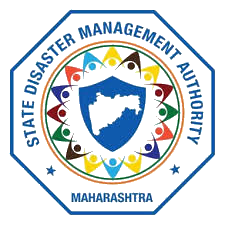State Overview
Maharashtra, situated in the western and central parts of peninsular India, spans an area of 308,000 square kilometers and boasts a 720-kilometer-long coastline along the Arabian Sea. Its geographical boundaries include the Sahyadri mountain range to the west, the Satpura hills to the north, and the Bhamragad-Chiroli-Gaikhuri ranges to the east. Administratively, the state is divided into six revenue divisions comprising 36 districts.
The state experiences a tropical climate with three distinct seasons—summers from March to June, monsoons from June to September, and winters during November, December, and January.
Further, Maharashtra’s diverse topography influences its rainfall patterns significantly. The Konkan region benefits from the southwest monsoon, receiving substantial rainfall, whereas areas like Marathwada and Vidarbha, located in the rain-shadow zone, frequently contend with drought-like conditions. During winter, inland regions experience sharper temperature declines compared to the relatively moderate conditions along the coast.
Fifteen districts, including Akola, Bhandara, Amravati, Buldhana, Chandrapur, Dhule, Gondia, Jalgaon, Latur, Nagpur, Nanded, Nandurbar, Wardha, Washim, and Yavatmal, are particularly prone to heatwaves during the peak summer months.


